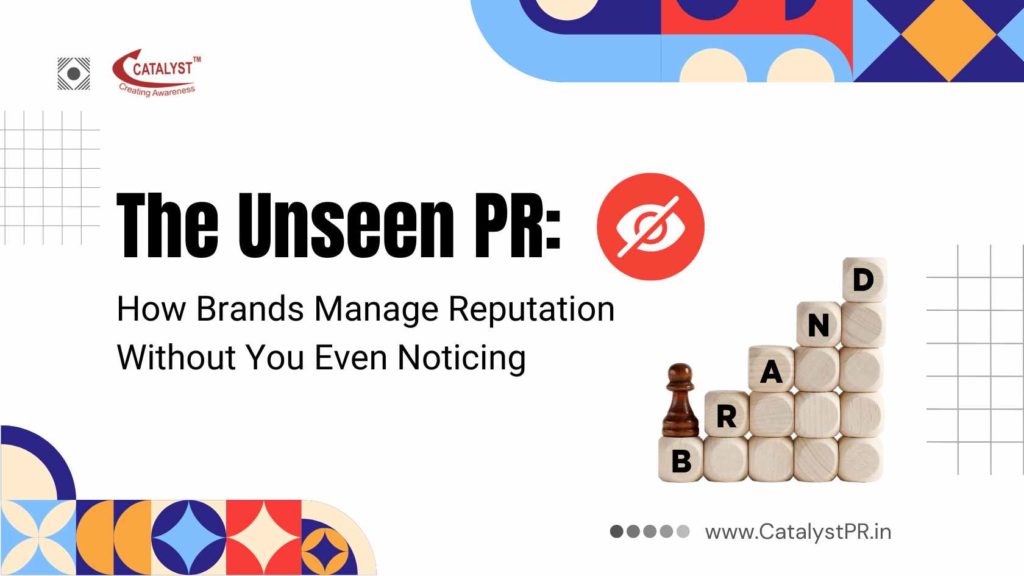When we think of Public Relations (PR), we imagine press releases, media interviews, and viral campaigns. But what about the PR you don’t see? The quiet, strategic moves happening behind the scenes that shape public perception without flashy announcements? Welcome to the world of “Invisible PR”—the subtle, yet powerful, art of influencing without being obvious.
The PR of Silence: When Non-Actions Speak Volumes
Sometimes, brands choose not to respond publicly to crises or trends, not out of ignorance, but as a deliberate strategy. Silence can be used to:
- Avoid giving unnecessary attention to negative press.
- Let time dilute controversy instead of fueling it.
- Observe public sentiment before crafting a response.
👉 Example: When a luxury fashion house faced allegations of cultural appropriation, they quietly collaborated with designers from the affected culture, rather than issuing a defensive statement. No public apology—just subtle action that reshaped the conversation.
The Art of the Soft Launch: Marketing Without Marketing
Some of the most successful brand campaigns never had a grand launch. They were leaked, whispered about, or discovered organically.
- Brands seed products with influencers, not asking them to post—just letting curiosity build.
- Some companies intentionally allow “leaks” of new products to create buzz without seeming overly promotional.
- High-end brands restrict product availability, making people want what they can’t have.
👉 Example: Apple often lets “rumors” spread about upcoming product features. While they never confirm or deny, the speculation itself generates free PR.
Discreet Brand Rehab: The Makeover You Don’t Notice
When brands suffer a PR disaster, they don’t always rebrand overnight. Instead, they:
- Gradually shift their messaging over time.
- Slowly phase out problematic ambassadors or partnerships.
- Align themselves with new causes subtly, rather than making grand announcements.
👉 Example: A fast-food chain that once focused on “cheap eats” gradually started promoting sustainability, healthier options, and local sourcing—without a massive PR campaign. People felt the shift rather than being told about it.
Reverse PR: Making Competitors Look Bad Without Saying a Word
One of the most genius PR moves is when a company doesn’t attack a competitor directly but lets public perception do the work.
- Brands sometimes sponsor research studies that subtly favor their industry.
- They support media narratives that highlight competitor failures without being directly involved.
- They partner with influencers who naturally prefer their product, making it look like an organic choice.
👉 Example: A leading sportswear brand didn’t comment when a rival faced backlash over labor issues. Instead, they increased their sustainability messaging. No shade thrown—just a quiet contrast.
The PR of Everyday Interactions
Not all PR happens at the top level. Some of the most powerful brand perceptions come from micro-interactions:
- A well-placed Quora or Reddit answer subtly boosting a brand.
- A thoughtful customer support response going viral.
- Employees sharing positive work experiences naturally, influencing employer branding.
👉 Example: A hotel chain’s customer service team surprised a guest with a personalized gift based on their social media likes. The guest posted it online, creating organic, feel-good PR without a campaign.
Conclusion: The PR You Don’t See is the PR That Works Best
The best PR isn’t always loud. It’s often whispered, observed, and felt rather than announced. While big campaigns have their place, the most effective reputation management strategies are often the ones you never realize are happening.
So next time you notice a brand’s image shifting, ask yourself—was it really an accident, or was it just PR done right? 🚀


